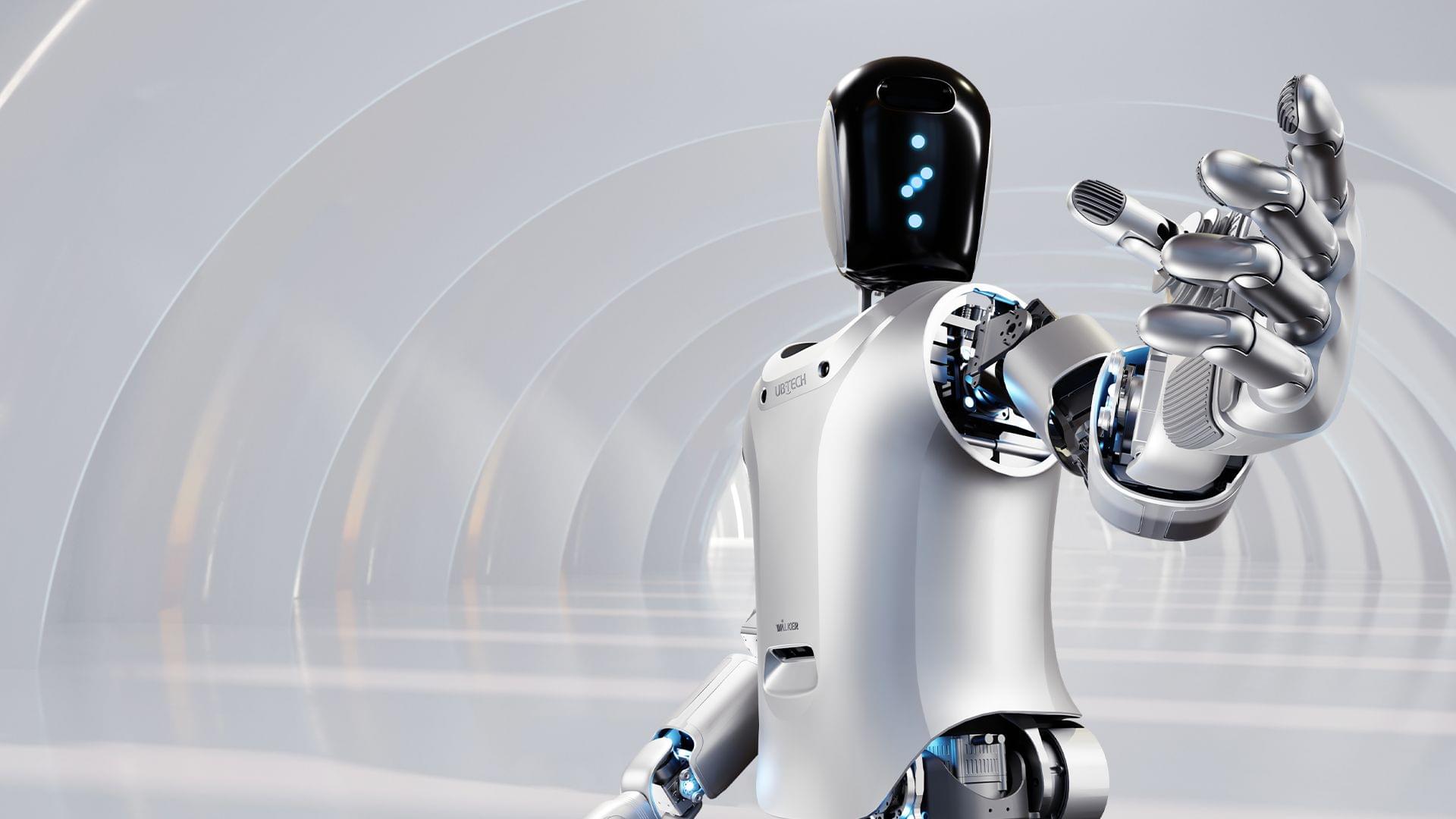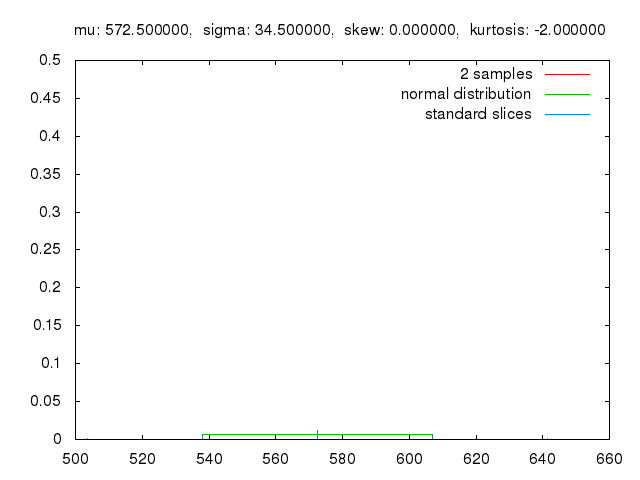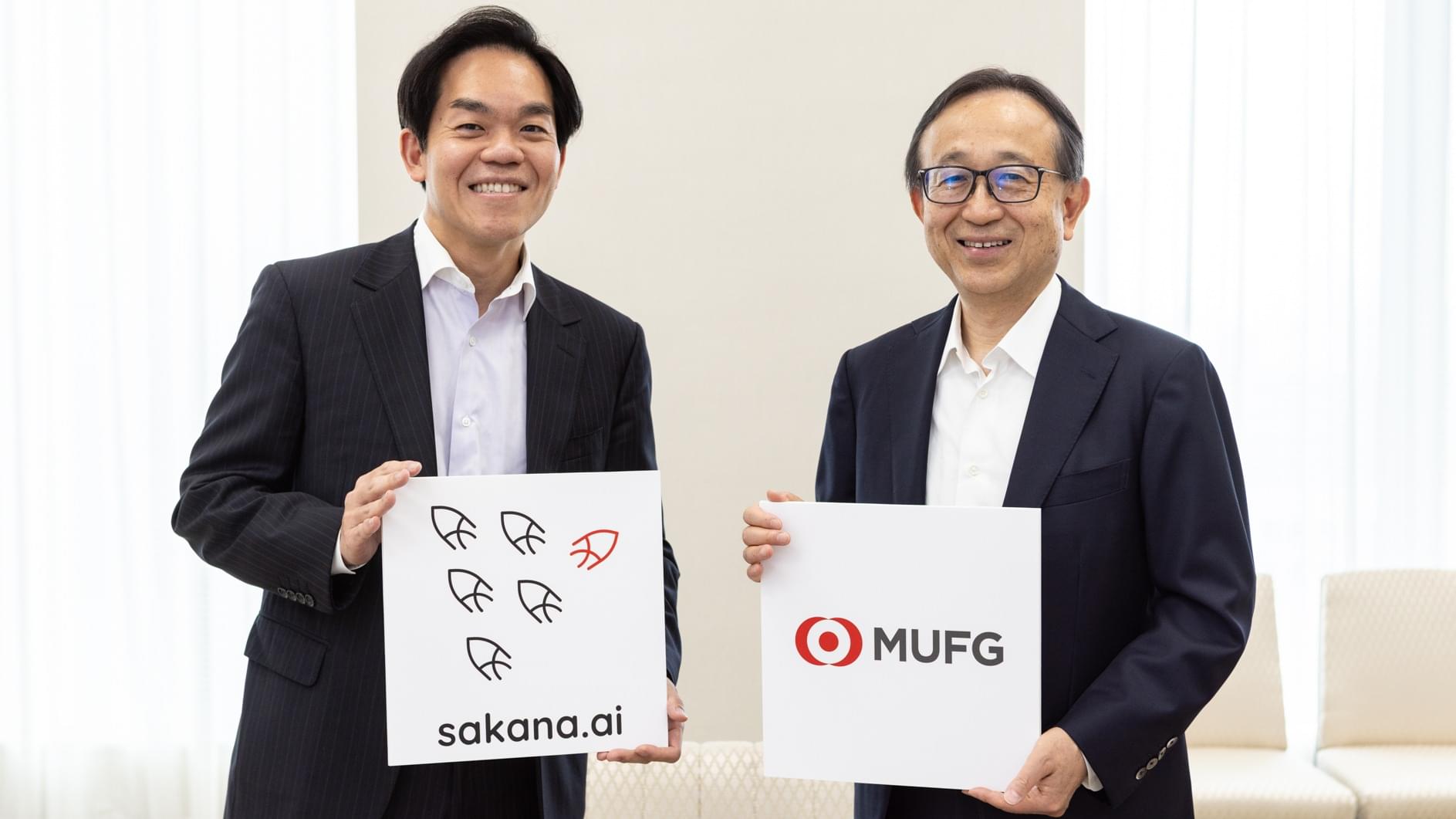Security teams face growing demands with more tools, more data, and higher expectations than ever. Boards approve large security budgets, yet still ask the same question: what is the business getting in return? CISOs respond with reports on controls and vulnerability counts – but executives want to understand risk in terms of financial exposure, operational impact, and avoiding loss.
The disconnect has become difficult to ignore. The average cost of a breach has reached $4.88 million, according to recent IBM data. That figure reflects not just incident response but also downtime, lost productivity, customer attrition, and the extended effort required to restore operations and trust. The fallout is rarely confined to security.
Security leaders need a model that brings those consequences into view before they surface. A Business Value Assessment (BVA) offers that model. It links exposures to cost, prioritization to return, and prevention to tangible value.








